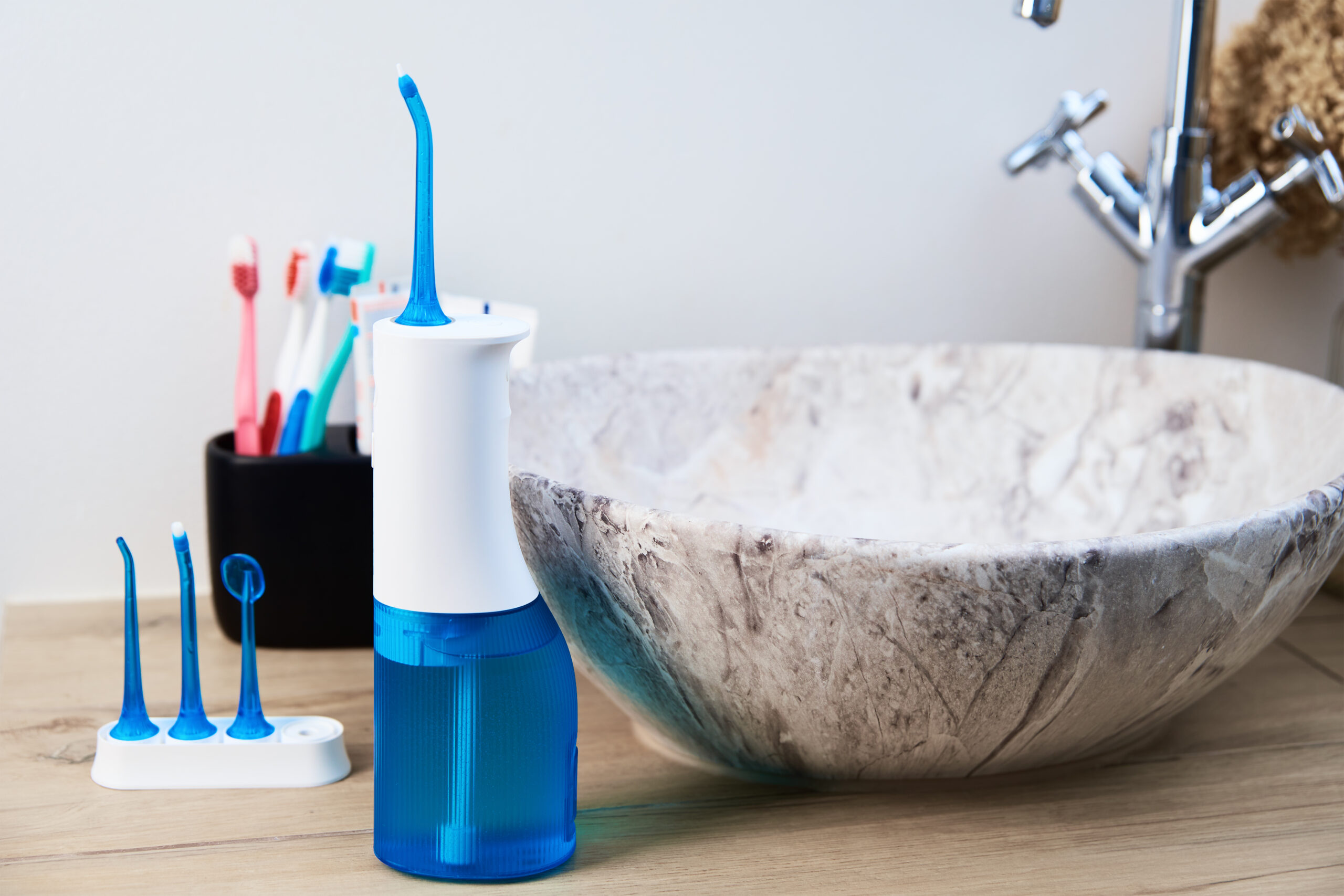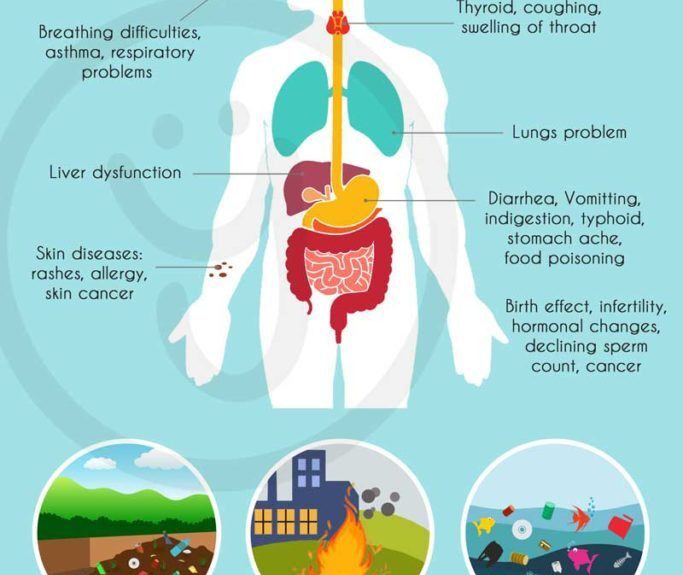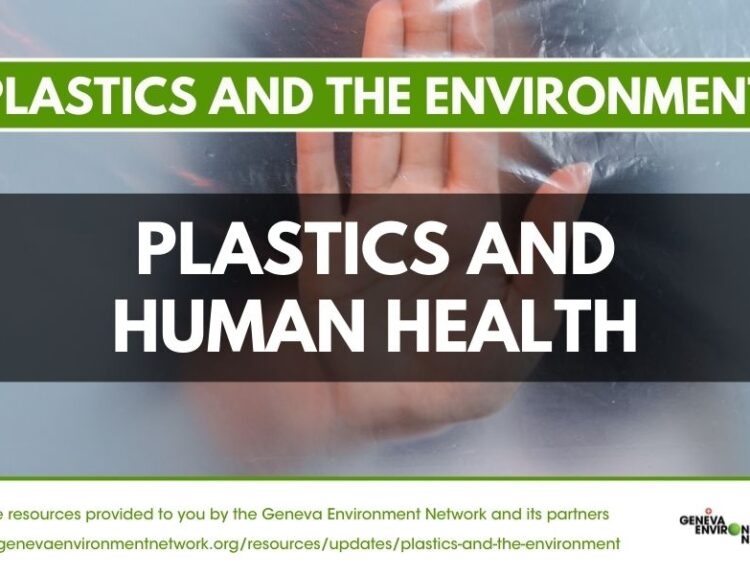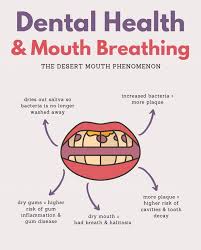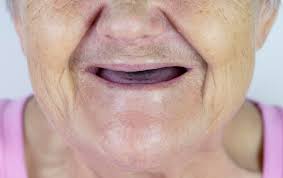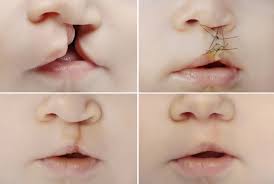A water flosser, or oral irrigator, presents a valuable addition to your at-home dental care regimen. By harnessing the power of pressurized water, this device gently massages your gums while effectively dislodging food particles nestled between your teeth. Its slender stream can navigate areas that traditional string floss often struggles to reach, offering a more comprehensively clean in those tricky spots.
One notable benefit of water flossers is their ability to reduce gum bleeding. This occurs because the gentle water pressure helps to flush away bacteria lurking beneath the gumline, contributing to healthier gums. Moreover, the flushing action efficiently removes loosely attached food debris, leaving your mouth feeling fresher and cleaner after each use.
However, it is necessary to understand that a water flosser isn’t a standalone solution for optimal oral hygiene. While it excels at rinsing away debris and addressing areas beyond the reach of string floss, it doesn’t effectively tackle the tenacious bacterial colonies embedded within plaque firmly attached to your teeth.
This is where the indispensable role of your toothbrush comes into play. Tooth brushes bristles physically disrupt and remove the majority of plaque and its associated bacteria. Consistent brushing, ideally within 12 hours of the previous cleaning, is paramount for maintaining a healthy oral environment. Remember, brushing must be done with gentle force avoiding any undue pressure. Applying to much pressure during brushing may remove some visible stains but irreversibly damages the enamel.
Therefore, the most effective approach to dental care involves a synergistic combination of tools. Aiming for twice-daily thorough brushing, coupled with once-daily flossing, whether using floss or a water flosser, is generally considered the gold standard for preserving excellent oral and dental health.
This routine ensures that both plaque and debris are effectively managed, contributing to a brighter smile and healthier gums.

